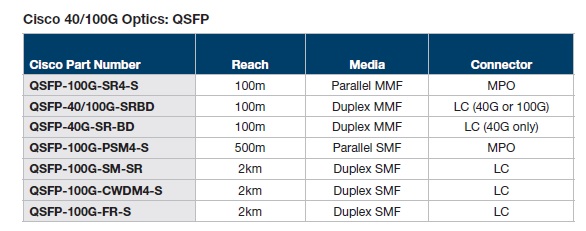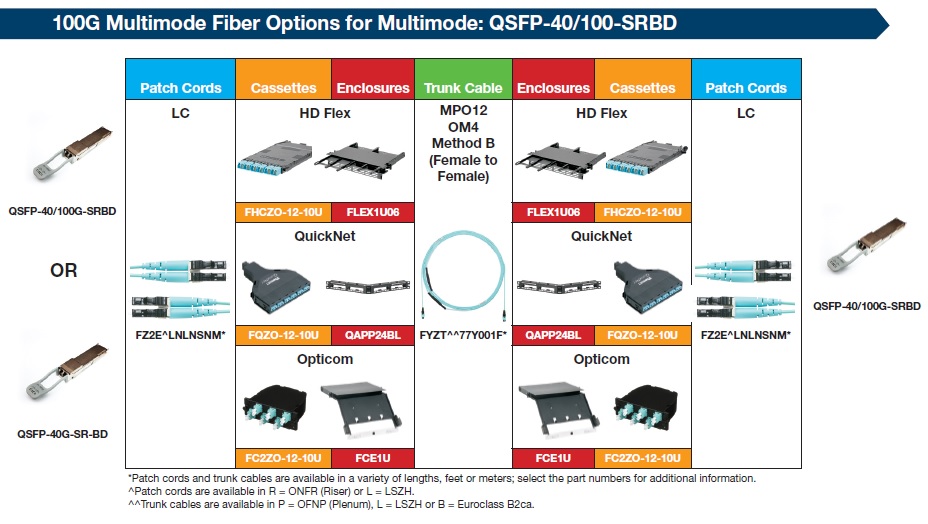![]()

For enterprises and Cloud/Data Center service providers, elevating the Data Center Network to 40/100/400Gbps speeds is a pivotal stride towards establishing a resilient groundwork for the future. These speeds are on track to become the prevailing standard in the upcoming years, prompting numerous global businesses and Data Centers to contemplate ventures of similar magnitude.
To streamline the adaptation of businesses and Cloud/Data Center providers to these higher speed levels, Panduit and Cisco have collaborated on a guide that details the methodology for implementing 40/100/400GbE network systems. This guide facilitates comprehensive examination and evaluation to determine their suitability for adoption.
The TechTalkThai team has summarized the essential factors for considerations, with a step-by-step procedure for choosing different components of the network system that align with the organization's strategies, as outlined below:
In general, investing in a Data Center Networking system requires thorough and detailed planning right from the beginning, especially with regards to long-term future-proofing strategies. This ensures that the system's design accommodates future requirements, allows for timely technology upgrades, and generates a meaningful return on investment. Furthermore, given the substantial investment value and the complex, time-consuming process involved in deploying a significant amount of Fiber within the Data Center, extending the lifespan and value of these Fiber connections also becomes a pivotal aspect of system design.
However, due to the diversity of technologies and standards, businesses are presented with a myriad of choices while designing these systems, which may lead to confusion in the design and selection of various components within the system. Therefore, having well-tested guidelines for selecting different components that have been proven to work together effectively helps simplify and enhance the accuracy of the design process. In addition, consultation with Panduit and Cisco experts further enhances the designer decision-making process.
Panduit and Cisco have maintained a longstanding partnership in the field of Data Center Networking systems. Their unwavering commitment to testing and validating their solutions has ensured seamless compatibility, fostering dependable cooperation whenever either party introduces new proprietary technologies. This compatibility instills confidence when others consider the adoption of their solutions.
Furthermore, both companies share a common approach of designing specialized technologies with unique features while respecting conventional standards to address business needs effectively. For instance, Cisco offers Bi-Directional Transceivers that allow the use of existing 10Gb Duplex Multi-Mode Fiber (MMF) cables to achieve speeds of up to 40/100Gbps. This enhances the value of using existing Fiber infrastructure for speed upgrades. Panduit, on the other hand, offers the PanMPO Fiber Connector, which supports versatile connector format changes, reducing ordering errors and accommodating future changes with flexibility.
By utilizing solutions which combine the strengths of both manufacturers, businesses can leverage the advantages of these technologies, enhancing their network infrastructure with more options and better value. This approach not only ensures a cost-effective and efficient network design but also better aligns with long-term investment strategies.
Panduit has outlined a three-steps process to facilitate in the selection of equipment for Fiber cables to use with Cisco Nexus:
1. Choose the preferred Cisco Transceiver

Written by Tech Talk Thai for Panduit Thailand. Read the original article here.